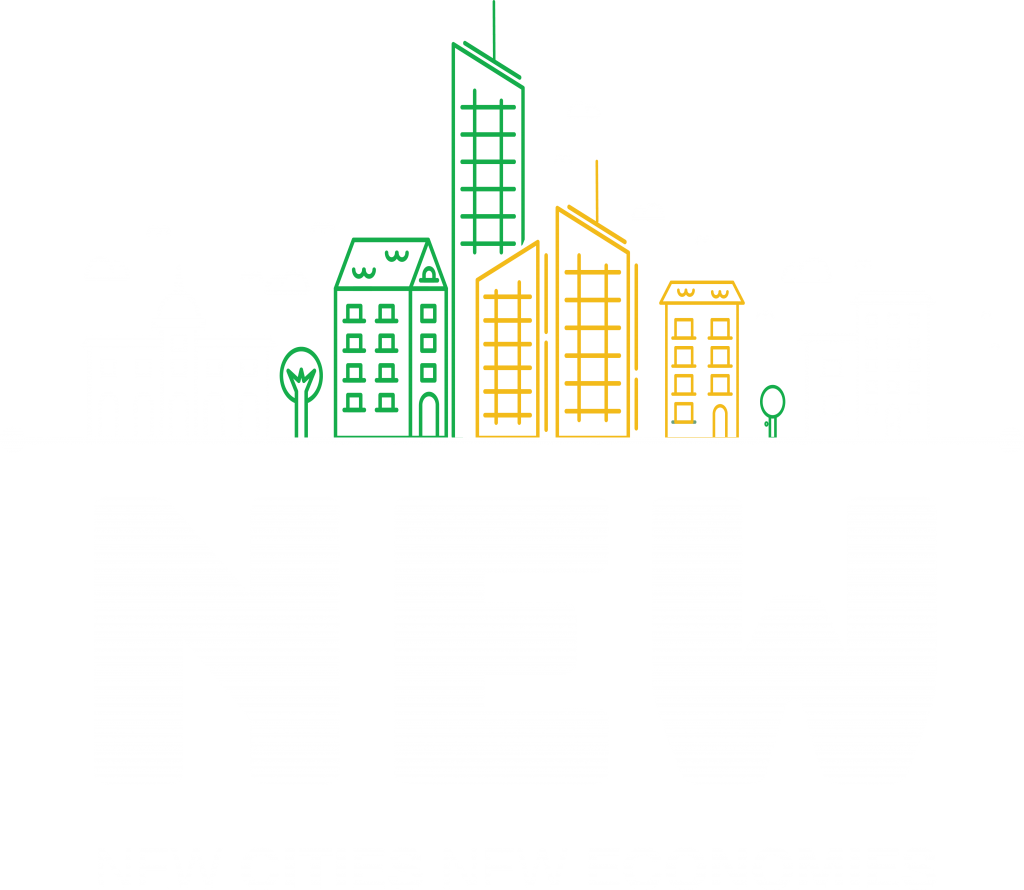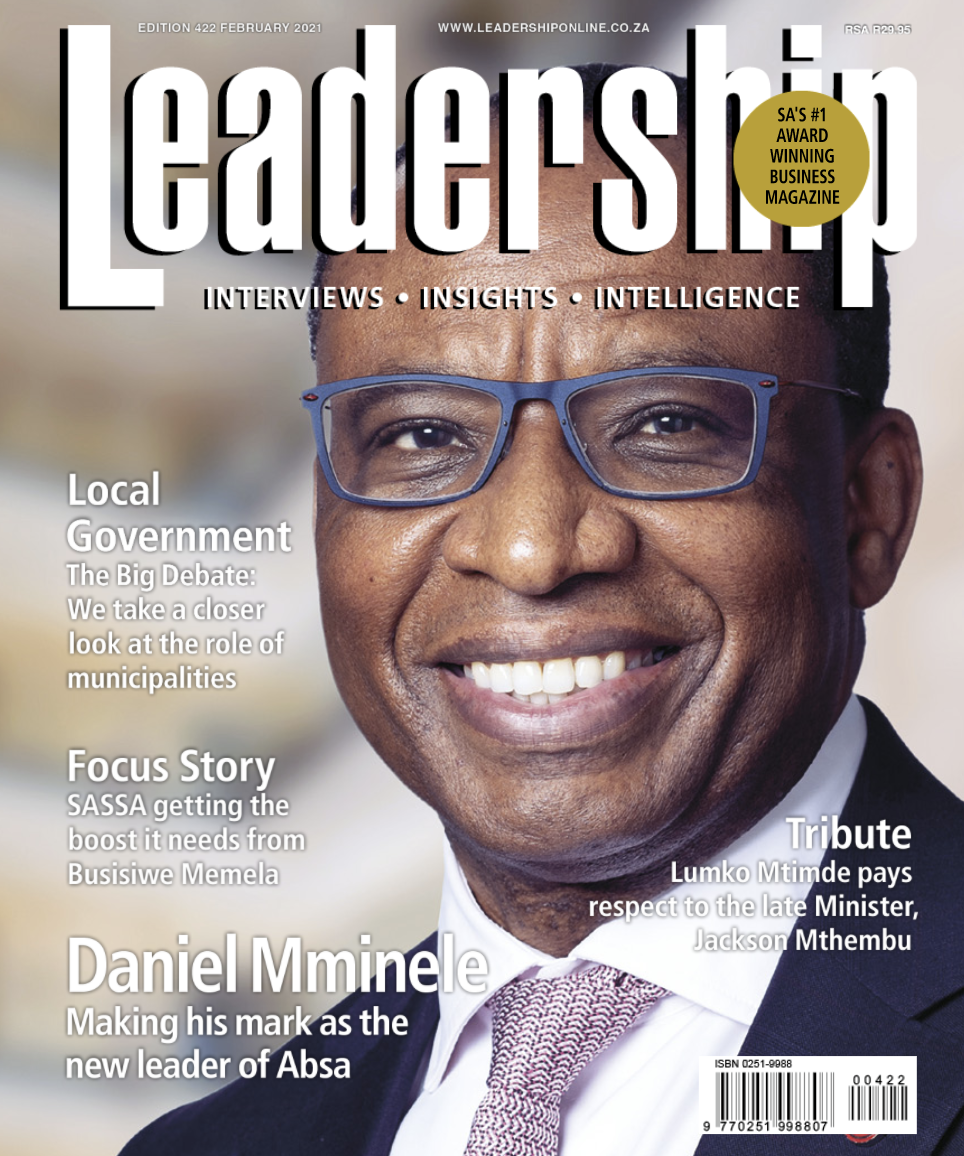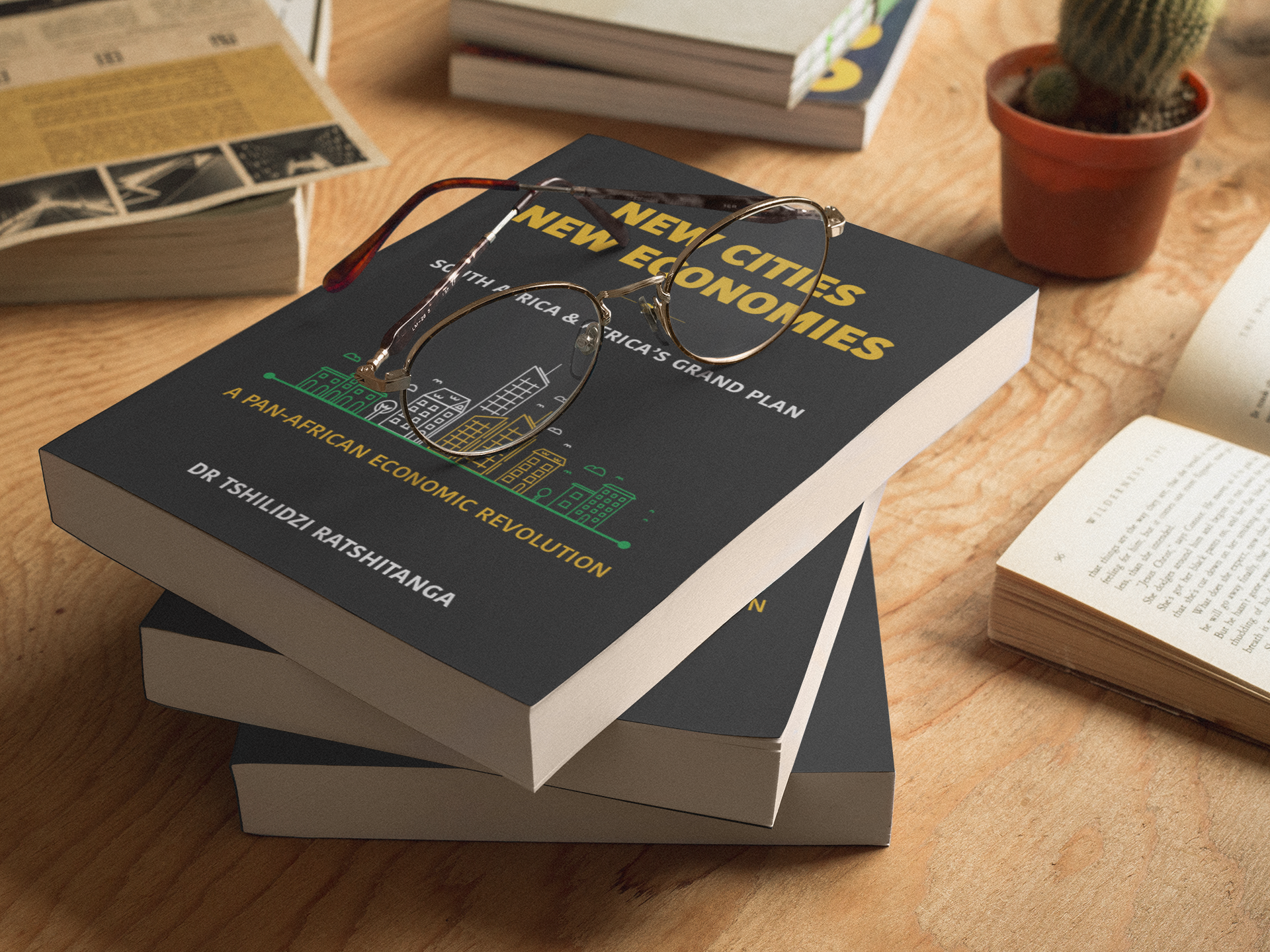South Africa is a country in transition. From its historical past, the country inherited a fragmented urban geography, racially segregated and with high levels of poverty, unemployment and inequality (Robinson, 1997). The city is an important phenomenon of development. Urbanization, and cities in particular, are known to be potent instruments of economic and social development and are catalytic for the prosperity of nations. They are spatial expressions of the health of a country in so far as social, cultural, economic and political phenomena are concerned (Hamann, et al. 2015).
Given the fact that the engineering of the apartheid society was highly geographic, any serious attempt at dreaming a new society has to be based on fundementally reconstructing South Africa’s spatial geography.
Racial spatial geography is the rock upon which apartheid was engraved; regardless of the racial laws having been repealed, this rock still holds strong. Spatial settlement is a concrete phenomenon. It is incorrigible, hard to transform, let alone reform.
Current South African government developmental plans do not emphasize spatial reconstruction as the overarching foundation for societal transformation and economic development. This is surprising because their aim is to eliminate apartheid legacies. Yet apartheid, at its heart of hearts, was envisioned, propelled and is currently being sustained by racial spatial engineering. Once and for all, the South African government and society as a whole need to elevate the issue of spatial justice as the core of all South Africa’s developmental goals and programs. Only this way can developmental policies and programs have an enduring effect in the destruction of apartheid and the birthing of a new nation.
The human migration patterns that have been projected to happen in the next few decades open for us a window of opportunity. And like many opportunities, that window will not remain open forever. It is projected that by 2030 71.3% of the South African population will live in urban areas; this will reach 80% by 2050. The entire Africa’s urban population, on the other hand, is expected to reach 60%, or 2.5 billion people by 2050 (IUDF, 2016).
Colonial cities are failing to meet the democratic aspirations of millions of Africans across the continent. Majority of Africa’s urban spaces have become symbols of poverty and inequality. The building of New Cities will herald New Economies for the various nations of African in ways that will totally redefine the image of our continent.



